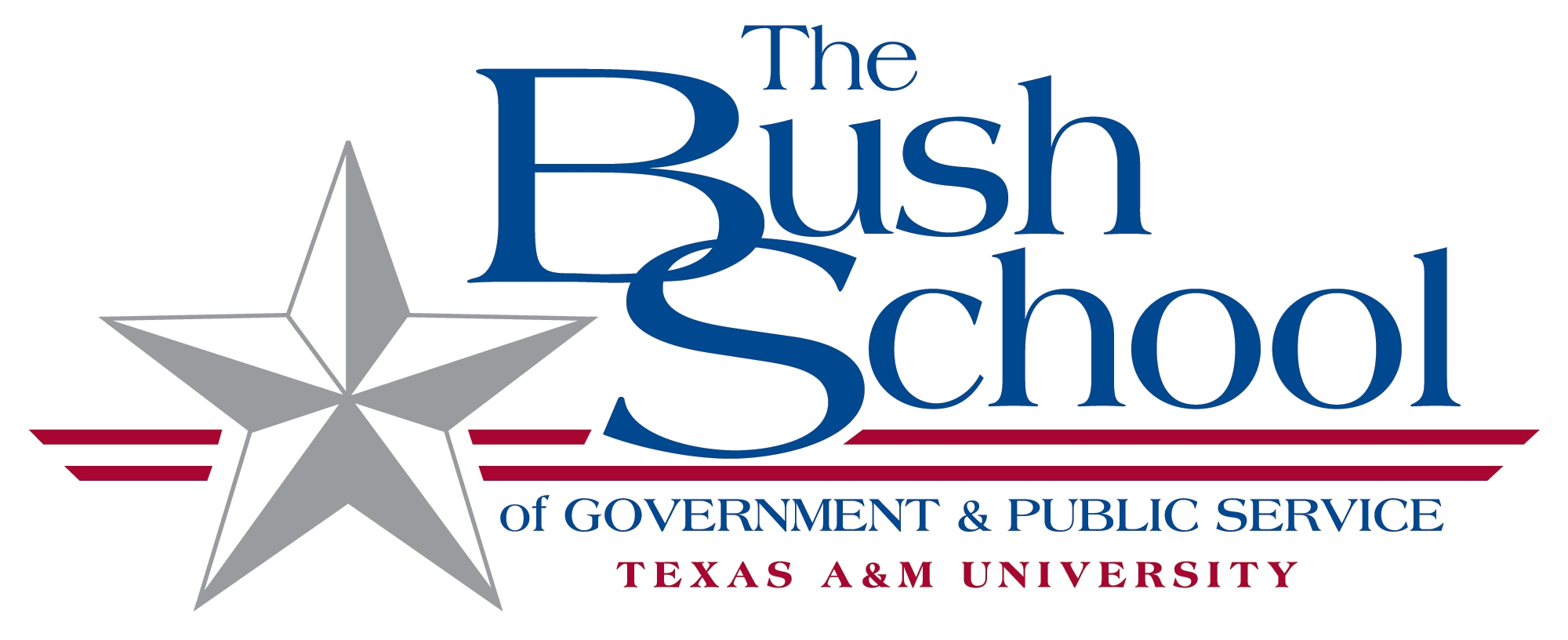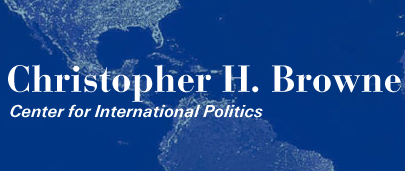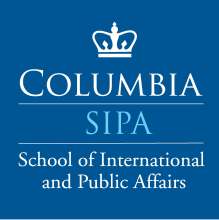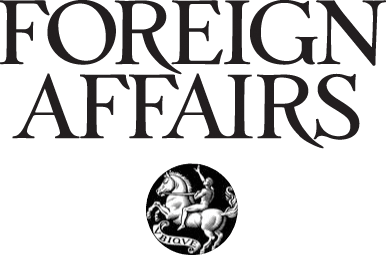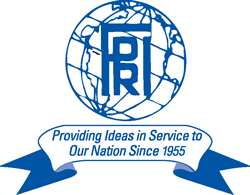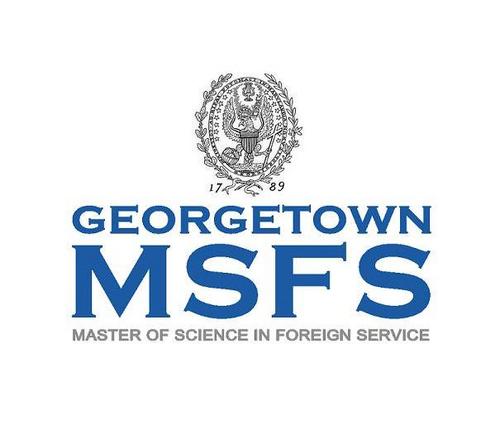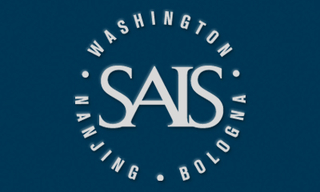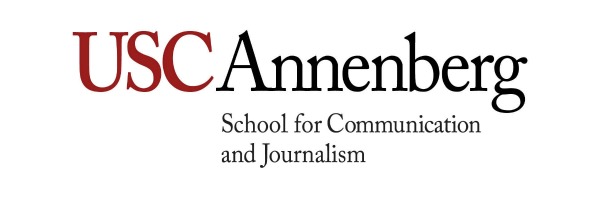By Jake Schell
Since the beginning of the pandemic, Americans have watched with acute focus as COVID-19 has closed local businesses, cut family holidays, and cornered in-person education. Each of us has been affected as the world has descended into the year of 2020. But for refugees living in camps, these changes are even more life-threatening — and government responses have ranged from barely adequate to blatantly inhumane.
A Vulnerable Population
Regardless of a pandemic, refugees are more at-risk to communicable diseases, mostly due to the dense nature of refugee camps. For reference, the Diamond Cruise Ship housed 24 people per 1,000 square meters during its COVID-19 outbreak (Mona, 2020). On board, the virus spread four times faster than it did in Wuhan during the peak of the original outbreak (Mona, 2020). Everything we know tells us that higher density is directly proportional to higher transmission rates. With that in mind, population densities within refugee camps are jarring. At Cox’s Bazar, a refugee camp in Bangladesh, there are 40 refugees per 1,000 square meters (Mona, 2020). And at the Moria Camp in Greece, there are 204 refugees per 1000 square meters (Mona, 2020). Before even discussing other factors, refugees are already at a disadvantage purely due to the density of camps.
In addition, refugee camps generally have unsanitary living conditions. Water rations usually must be saved for drinking, not for handwashing (Noble, 2020). Further, sanitation areas — like toilets and showers — are shared by hundreds and only cleaned occasionally (Noble, 2020). Finally, refugees are much more likely to hold various pre-conditions. In places like Iraq, comorbidities like hypertension and cancer are significantly higher among refugees (Kitchen, 2020). In Bangladesh, refugee camps have high rates of type II diabetes (Alemi et al., 2020). Finally, many refugees previously suffer from other communicable diseases, like malaria and tuberculosis (Alemi et al., 2020). By their nature, the living conditions of refugee camps make disease transmission and outbreaks more likely. But even knowing this, many governments have failed to adequately provide for their refugees in the face of a global pandemic. In places like Greece, camp conditions have devolved from bad to barbaric.
A picture from across the fence of the refugee camp on Samos. https://www.opendemocracy.net/en/oureconomy/the-worst-mistake-of-my-life-how-covid-19-trapped-europes-asylum-seekers-in-lockdown-limbo/
Horror Stories from Greece
Following the global lockdown at the beginning of 2020, staff from many NGOs and humanitarian agencies were forced to leave their work behind and return to their home countries. Because of this, many refugees have become almost completely dependent on their host state governments. In Greece, this dependency spells disaster for an already struggling system.
In January 2020 before the beginning of the pandemic, the rates of refugees travelling from Turkey into Greece increased dramatically (Kitchen, 2020). On Samos, a small Greek island just off the coast of Turkey, there are now 3,900 refugees residing in one camp (Noble, 2020). One refugee paints a picture of the Greek response, stating that he was locked in a shipping container for ten days after coming into contact with a positive case (Noble, 2020). He shared the shipping container with dozens of other refugees, many of whom were visibly sick (Noble, 2020). Inside, there was no running water for handwashing (Noble, 2020). Later, a video released from Médicins Sans Frontières showed women, children, and whole families locked in shipping containers without beds, running water, or access to toilets (Noble, 2020). Cockroaches and rats can be seen living amongst the refugees as they lay on the floor (Noble, 2020). By November, one outbreak of 102 positive cases could be traced back to a single refugee-filled shipping container (Noble, 2020).
A view of the sanitation facilities at the Samos Refugee Camp.
Beyond this dehumanizing quarantine strategy, even healthy refugees have suffered. On the island of Samos, there are two Greek military doctors and three nurses for an entire camp of over 3,900 people (Noble, 2020). Additionally, social distancing is virtually impossible. The entire camp queues for 2-3 hours a day to receive food and water rations (Noble, 2020). With so many people, social distancing is simply not an option. Finally, the Greek government has destroyed what little refugees have economically as well. In one instance, a refugee was fined €150 for wearing a mask below his nose (Noble, 2020). Refugees in Greece are only provided €75 per month (Noble, 2020). Refugees generally spend this money at local markets on cheap food options, as the food provided by the Greek government is usually expired, moldy, and often inedible (Noble, 2020). Now, refugees can be arrested or fined for leaving camp. Through this, all freedoms have been stripped away, and for many, each day now comes with an option: eat rotten food or starve.
Beyond Greece, other governments have responded poorly as well. In Tanzania, 685 masks have been gathered for refugee use (“Tanzania COVID-19,” 2020). 300 of these masks have been distributed among over at least 163,000 Burundian refugees currently in Tanzania (“Tanzania COVID-19,” 2020). Additionally, Tanzania has allocated only 41 isolation beds for the refugee community (“Tanzania COVID-19,” 2020). In Bangladesh, information gathered shows that the over 600,000 Rohingya refugees would exhaust all available medical capabilities within 58 days of a COVID-19 outbreak (“Tanzania COVID-19,” 2020). And with all medical care focused on COVID-19 in the event of an outbreak, other diseases, like malaria, would skyrocket as well (Alemi et al., 2020).
Success in Jordan
Despite the situation in Greece, there have been successful COVID-19 campaigns between governments and refugee camps. One such example is in Jordan. Since the beginning of the pandemic, every refugee in Jordan has had access to the national health system and has received care on par with Jordanian nationals (“UNHCR Jordan,” 2020). Additionally, adequate quarantine facilities were constructed in both Azraq and Zaatari (“UNHCR Jordan,” 2020). As far as public health measures, e-learning was provided to spread awareness and educate refugees on the virus (“UNHCR Jordan,” 2020). National public health measures are given through SMS and WhatsApp messages (“UNHCR Jordan,” 2020). And finally, the renewal process for Asylum Seeker Certificates — a necessary form of ID — has been moved completely online (“UNHCR Jordan,” 2020). As of November 10, 2020, there have been no COVID-19 deaths among refugees in Jordan (“UNHCR Jordan,” 2020).
Pandemic Response in the 21st Century
From half a world away, NGOs and humanitarian groups have rerouted their usual focuses to provide aid. One particularly successful campaign has been that of SignPost, a mobile-friendly website created in 2015. Originally, it provided assistance with legal processes, documentation, accommodation, transportation, and other areas all translated into numerous languages (Kitchen, 2020). In the midst of the pandemic, the SignPost website now includes information regarding public health. The COVID-19 section utilizes moderators to answer questions in real time, engage communities, and advise how to access services through posts, videos, and podcasts (Kitchen, 2020). While only one million refugees used the service before COVID-19, 60% of Greek refugees now use SignPost (Kitchen, 2020). After its first week of release, 80,000 new-users logged in to access the COVID-19 services provided (Kitchen, 2020).
Like in all communities across the world, COVID-19 responses have differed greatly in both scope and success; refugee camps are no different. Like in Jordan, governments must allow refugees access to adequate medical care. Further, services like SignPost are very successful in providing public health education services to refugee populations. Learning from the failures in Greece, adequate isolation areas are absolutely necessary both for stopping the spread and for treating refugees with kindness and dignity. A virus does not see the difference between a man and a woman, child and an adult, a refugee and a citizen. Those who are sick put themselves and those around them at risk. To curb the effects of a global pandemic, the only appropriate response is one that helps everyone. To pick and choose who receives adequate medical care, who has the ability to social distance, or who is allowed to wash their hands is entirely unacceptable. In a pandemic, the time to act is now — never later, and never halfheartedly.
Jake Schell is a freelancer and student at Loyola University Chicago pursuing international develpoment with a passion in giving a voice to marginalized communities. He enjoys volunteering with Big Brothers Big Sisters Chicago and is Head Content Creator at www.iamhuman.blog.
References
Alemi, Q., Stempel, C., Siddiq, H., & Kim, E. (2020). Refugees and COVID-19: Achieving a comprehensive public health response. Bulletin of the World Health Organization, 98(8), 509-580.
Kitchen, B. (2020, March 26). Refugees do not have the luxury of social distancing. International Rescue Committee. https://www.rescue.org/article/refugees-do-not-have-luxury-social-distancing
Mona, S. (2020, April 01). COVID-19 threatens refugee camps. International Rescue Committee. https://www.rescue.org/covid-19-threatens-refugee-camps
Noble, V. (2020, November 23). ‘The worst mistake of my life’: How COVID-19 trapped Europe’s asylum seekers in lockdown limbo. Open Democracy. https://www.opendemocracy.net/en/oureconomy/the-worst-mistake-of-my-life-how-covid-19-trapped-europes-asylum-seekers-in-lockdown-limbo/
Tanzania COVID-19 preparedness and response. (2020, November 10). The United Nations High Commissioner for Refugees. https://data2.unhcr.org/en/documents/details/82851
UNHCR Jordan COVID-19 response. (2020, November 10). The United Nations High Commissioner for Refugees. https://data2.unhcr.org/en/documents/details/82854







